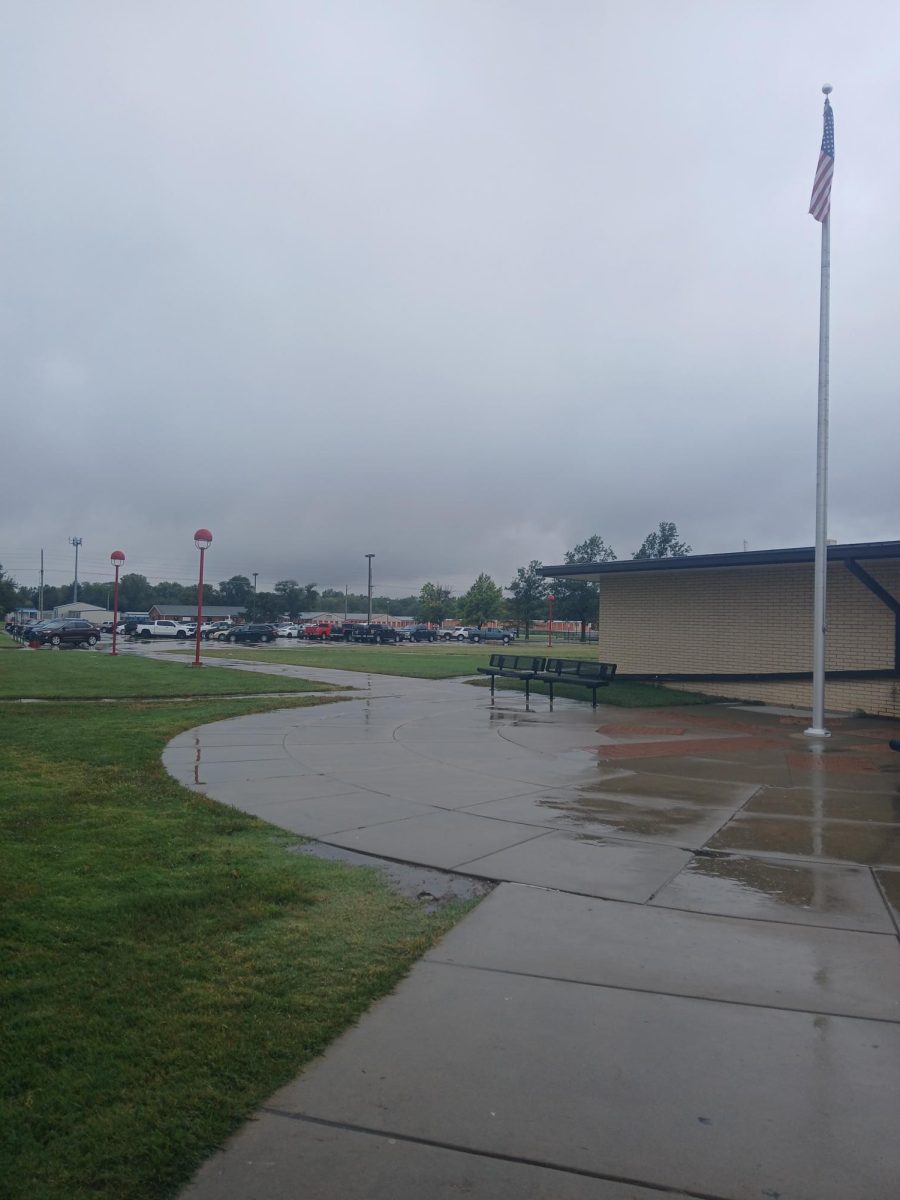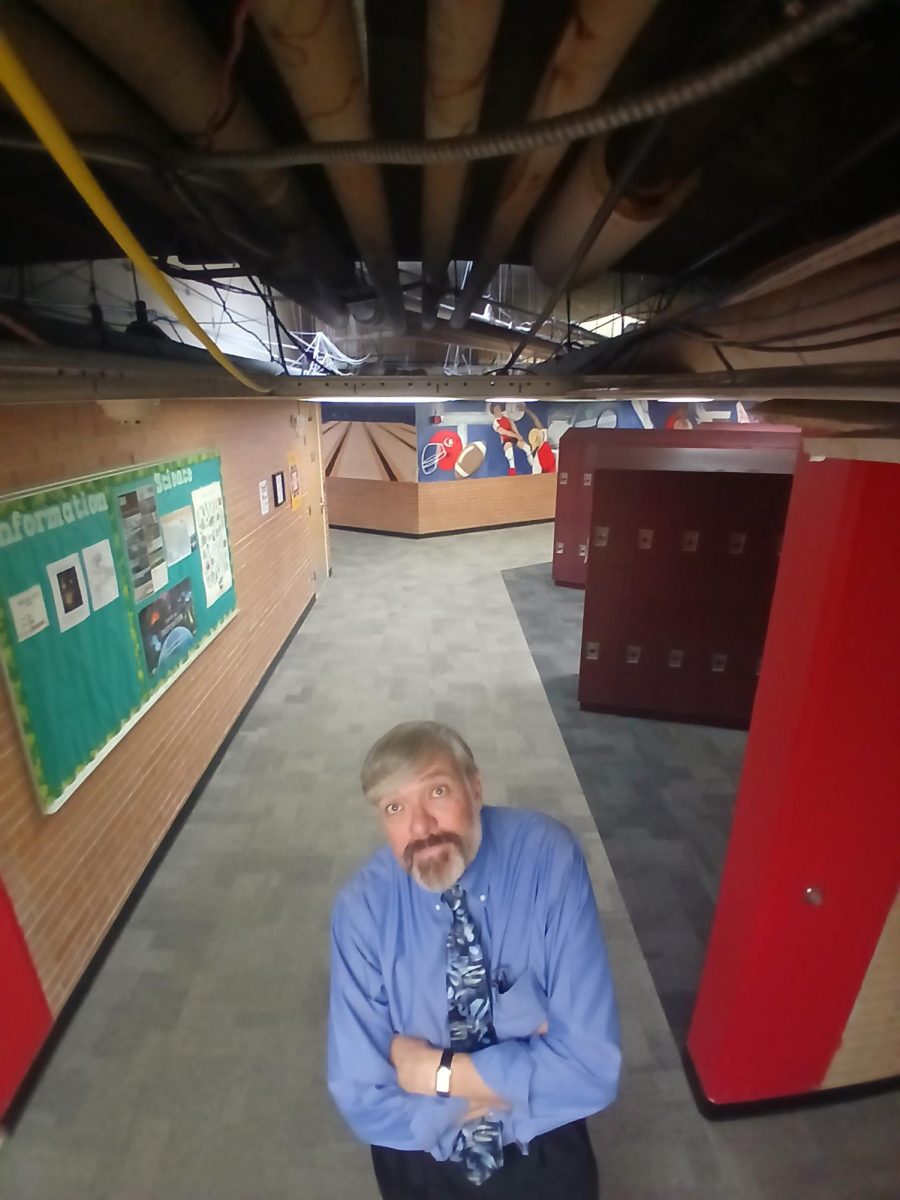The Heroes of Our School District
November 28, 2018
Special Education is something that is commonly misunderstood. Many think it is a room for disabled students to go so they can get their proper teaching, but it is so much more than that. Special Education is actually broken up into two categories: Special Education and Gifted Teaching. Most of the time, the teachers for these classes are in their own part of the building, and a majority of the school doesn’t see these teachers or students. This usually leads to a lack of understanding and respect. When teachers who work with these students tell others their job, there is often a stigma. But really, it takes a very special kind of person to work with these students.
According to a recent source, teachers for these classes are needed now, more than ever. “…the total workforce of special education teachers in the United States is roughly 258,277 with an estimated 6.4% job growth projection in the next 10 years, there are still special education teacher shortages in some locations. The demand for these highly qualified professionals is increasing at a time when the Bureau of Labor Statistics indicates the shortages are “acute”. The national shortage does not necessarily mean that teachers do not exist, but instead in many cases there is a lack of “qualified” workers. In other words approximately 45,514 of those serving as special education teachers do not meet required standards.” Because of the stigma, many people do not want to work in this field.
Another problem special education teachers face is underappreciation. Many teachers work around an eight hour day, but it is not uncommon for special education teachers to work well beyond this time. “Though specific teaching license requirements vary from state to state, federal legislation via the No Child Left Behind Act requires special education teachers to have a bachelor’s degree and to complete a teaching preparation program that includes supervised student teaching. Upon successful completion of an accredited program, prospective teachers can apply for a preliminary credential, which generally expires after five years. To obtain a “clear” or permanent credential, teachers must complete continuing education courses and serve as a classroom teacher for two or more years.” They must also be specialized in many areas. Special education credentials specializations include: early childhood credential, mild/moderate disabilities, moderate/severe disabilities, deaf and hard of hearing, visual impairment, and physical and other health impairments. U.S. News & World Report named the graduate program in special education at the University of Kansas (KU) the number two program of its kind in the nation, and the number one public program in this area.
The people who spend a majority of their time dedicated to helping these students are overworked and underappreciated. They really are the heroes of our school, so next time you see a special education teacher, tell them thank you for all they do for our school and our exceptional friends.














